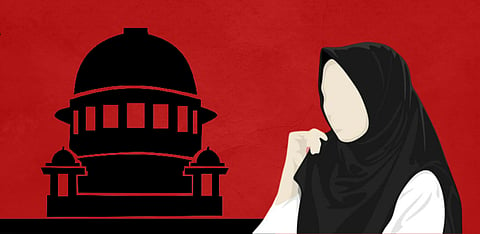Representative Image Only
Freedom
Supreme Court’s split verdict on hijab: Discipline, individual right and democratic politics
Despite his right conservative universe of meaning, Justice Gupta ends up espousing a progressive position on the question of hijab. On the other hand, Justice Dhulia’s left-liberal universe of meaning speaks to the most reactionary elements of the so-called religious minority, convinces them about the elegance of their ugliness, and entices them to celebrate their democratic poverty.

